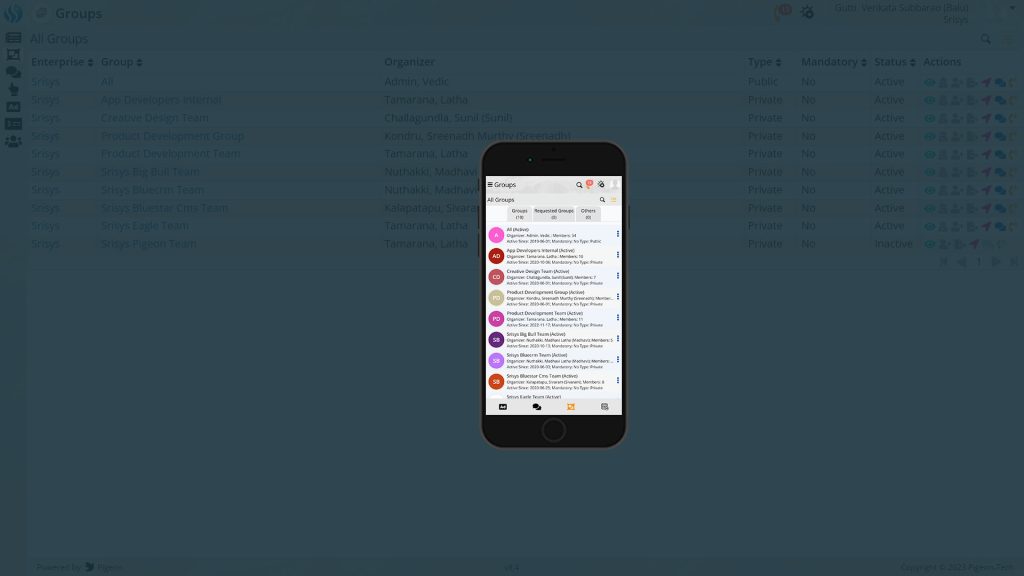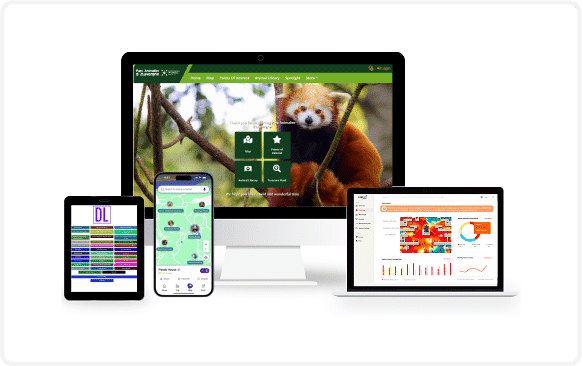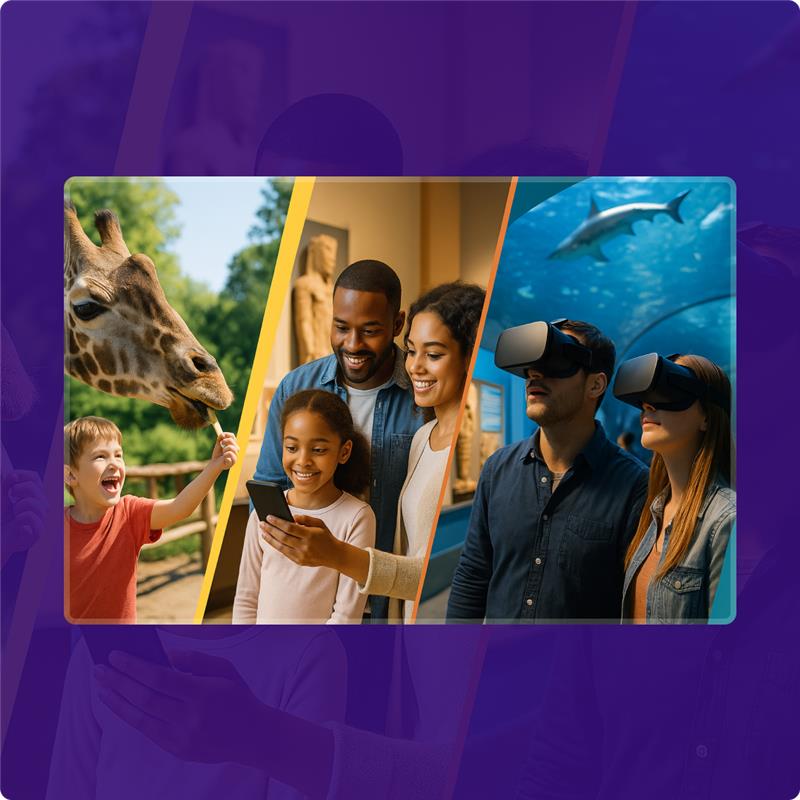Indoor positioning is the most commonly used umbrella term which includes all of these ‘indoor GPS’ technologies. However, when observed closely at the technological platform they thrive on, the rationale for using these varied terms to describe them individually becomes self-explanatory.
Indoor navigation, magnetic positioning, and indoor localization refer to technologies adopted by large facilities to help them locate objects, spaces, or people inside the facility where the satellite-enabled Global Positioning System (GPS) does not work due to the infrastructural elements such as walls, cabin material, glass, etc. In order to counter this challenge, Indoor Positioning Systems (IPS) use a wide array of platforms to enable users locate and navigate within a facility, wayfinding to their points of interest.
One of the primary reasons for incorporating this technology within a large facility is the flexibility it offers inefficient facility management. Once adopted, users can effortlessly locate, navigate and way find on their smart devices.
An extension of these technologies makes Location Based Services (LBS) possible as well.
Indoor Positioning Technologies – Key Features
So what are the key features of these three positioning technologies? What industries can they be adopted by to help manage the facility better? Which is the most cost-effective type?
It has been eruditely mentioned in an article in 2013 that for this technology to be successful and arrive at a point where precision becomes the norm, a combination of technologies such as Wi-Fi, Bluetooth and Ultrawideband may be the answer. Towards the end of the article even leveraging benefit from Internet of Things (IoT) was mentioned, which as we know today, is a reality that has emerged faster than it was predicted.
The table below lists these three terms against parameters used to identify them. With growing focus on the applicability of these technologies, as mentioned in this highly engaging feature, it is important to understand the fine differences between these three terms as well.

| Indoor Navigation | Magnetic Positioning | Indoor Localization | |
| Used for | Navigating inside a large facility | Locating people or objects inside a building | Locating a device or a user inside a building |
| How does it work? | Uses radio waves, acoustic signals, and other sensory information | Uses magnetic sensor data from a Smartphone | Recommended for use with Wi-Fi & IoT |
| Technology platform | Wi-Fi, Beacons, Bluetooth, Radiofrequency | Magnetic Fields within a facility | Wireless Infrastructure with IoT |
| Accuracy | 80% and above | 90% and above | 95% and above |
| Industry applicability | Office Spaces, Wildlife Parks, Resorts, Shopping Malls, Convention Centers | Office Spaces, Shopping Malls, Warehouses | Hospitals, Shopping Malls, Disaster Management |
| Indoor Data Tracking | Possible | Possible | Possible |
| Additional Infrastructure | Wireless Infrastructure, Beacons, etc | None | Wireless Infrastructure |
| Cost | Subject to hardware installation | Comparatively cheaper | Subject to hardware installation |
| Works as a mobile application? | Possible | Possible | Possible |
What can be gathered from the above chart is that using an IPS will have to be based on the industry it is set to be implemented in.
However, as has been written about in our earlier blog posts, a facility needs much more from a mobile application than positioning and navigation alone.
Hence, the success of any of these three technologies lies in seamless integration with other features like indoor navigation which would help in superior facility management.
How Important is Accuracy and How Accurate is an IPS?
Let’s not forget the fact that an IPS should not be evaluated by its accuracy alone, though accuracy defines the effectiveness of the technology. And with recent improvements in algorithms, it’s much safer now to call IPS the most accurate technology for navigating as GPS systems do not work effectively indoors. This journal article has plenty of details on the accuracy of an IPS.
Tracking People and Objects
The safety & security of people and objects is assured with IPS as it can control people and restrict them to certain areas. Also, it gives a visual overview of all the personnel within the house which makes it easy to monitor.
IPS plays an important role in facilities that need to track personnel and ensure accountability of their safety as well. For instance, while someone (personnel) is in a static position in a space not meant for them, this technology will identify it and notify the management instantly.
Additional Benefits of IPS on Tracking People and Objects:
- Protection from theft and misplace of assets
- Assurance of tracking compliance and protocol
- Helps avoid accidents and enhances the safety of the workers and the visitors
- Tracks suspicious gestures and optimal employee accountability.






